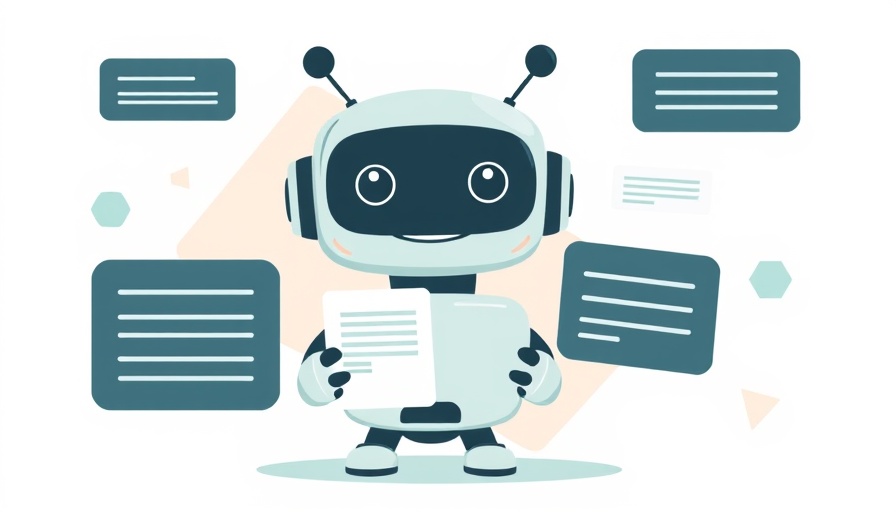
Transforming the Hiring Landscape: The Role of AI Job Description Generators
Writing job descriptions has long been one of the most tedious responsibilities for HR teams, often consuming hours of their valuable time. Thanks to advancements in generative AI, this once laborious task is becoming quicker and more efficient. AI job description generators are stepping in, revolutionizing how businesses—ranging from startups to international corporations—craft their job postings.
Unlocking Efficiency in Recruitment Processes
With these advanced tools like GoHire, Textio, and Grammarly, HR professionals can produce tailored job descriptions almost instantaneously. Utilizing user-inputted criteria such as job title, responsibilities, and corporate culture, these generators create customized descriptions that adhere to specific branding needs. This not only saves time but also allows recruiters to focus on more strategic elements of hiring.
AI Job Description Generators: What Do They Offer?
AI job description generators come with distinct advantages that appeal to hiring teams. One major benefit is increased scalability. Businesses can generate descriptions for multiple vacancies simultaneously without sacrificing quality, efficiently addressing their recruitment demands. Furthermore, these tools enhance branding consistency by maintaining a uniform tone and style across all job postings.
Addressing Concerns: Bias and Nuance
Despite their advantages, it's important to note that AI job description generators face challenges. Issues such as algorithmic bias are prevalent, potentially leading to discriminatory language or cultural insensitivity in job descriptions. Additionally, these tools may filter out the nuanced language that human recruiters naturally incorporate. Therefore, while AI can significantly streamline the process, human oversight remains crucial to ensure that the generated content is not only effective but also inclusive.
Future Trends: Embracing AI in Hiring Practices
With the rapid development of AI technologies, the future of recruitment will inevitably involve more sophisticated AI tools. As these job description generators continue to evolve, they will likely incorporate better contextual understanding, minimizing biases and inaccuracies. HR professionals can expect AI to provide not just automation, but also insightful analytics that could influence hiring strategies.
Taking Action: Embrace AI for Better Job Descriptions
As organizations explore the potential of AI job description generators, embracing these technologies could lead to more streamlined processes and effective hiring outcomes. Keeping an eye on this trend will not only save time and resources but also improve the overall quality of job postings.
To start experiencing the benefits of AI in creating dynamic job descriptions while bypassing AI detectors, visit Prompt2Human. This resource can bridge the gap between AI-generated content and the nuances of human language, allowing companies to connect authentically with prospective candidates.
 Add Row
Add Row  Add
Add 




Write A Comment